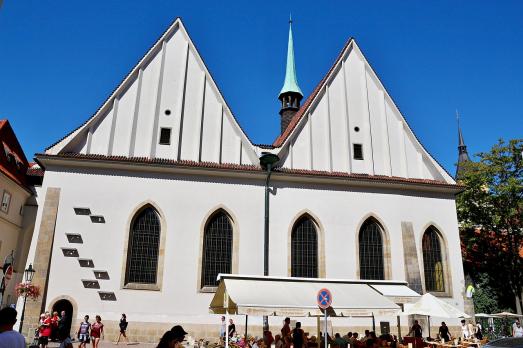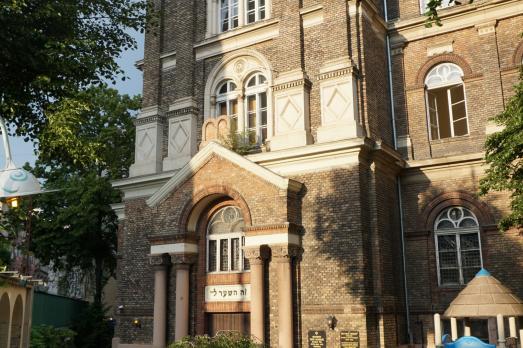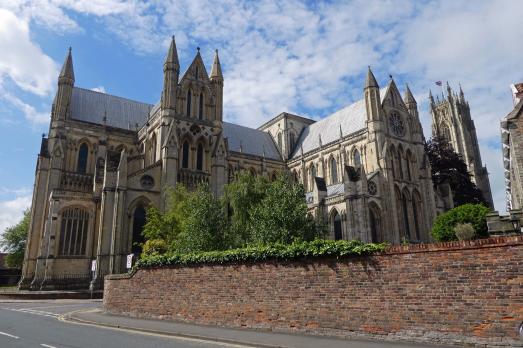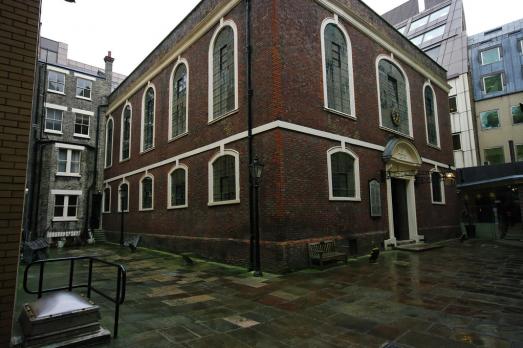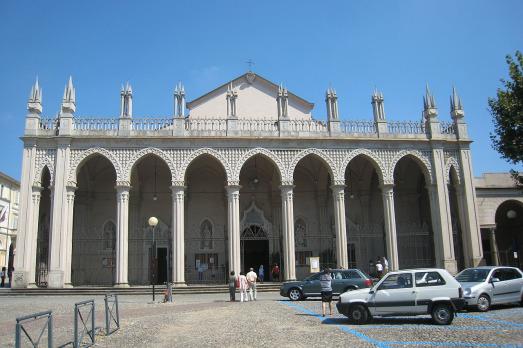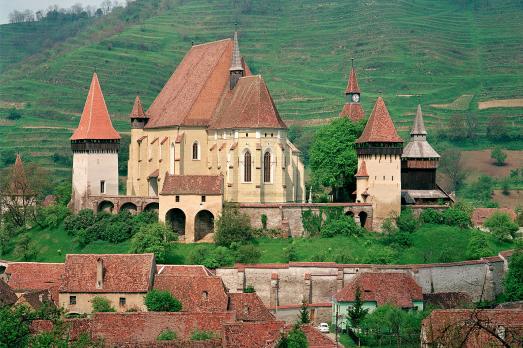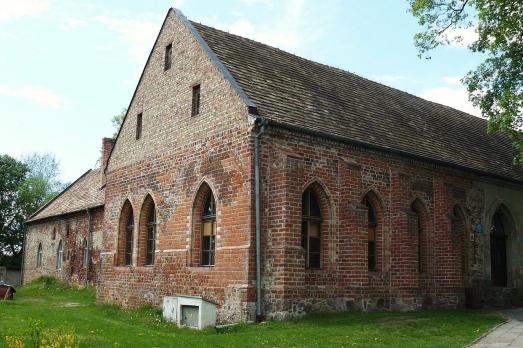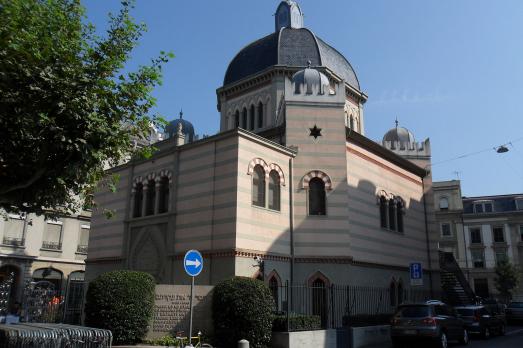
Beth-Yaacov Synagogue
Genève, CH
The Beth-Yaacov Synagogue in Geneva was built between 1857 and 1859 in the neo-Moorish style. It was the first synagogue to be built in the city. The architect Johann Heinrich Bachofen had to undertake study trips abroad for its construction because Switzerland did not have any synagogues with very distinctive features. Thus, the synagogue facade is a reproduction of the facade of the synagogue in Heidenheim.
